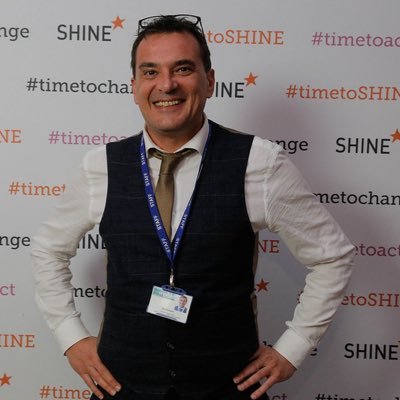How We Meet The Needs Of Our SEN Pupils Without Breaking The Bank

When faced with financial cuts one school refused to let that affect its SEND students' schooling

- by Chris Dyson
- Deputy chief executive officer at Create Partnership Trust and former head

Parklands School in Leeds is a very special place. Within all areas of the curriculum, we put our children first. But, of course, there are some pupils that even with the very best support my teachers can offer, still need a little bit of extra help.
Over the years we’ve found that speech and language has become an area of need that impacts a lot of our pupils. Some come into reception without very much language at all, meaning they struggle to know how to ask for things, or to have conversations with friends.
We have also found that the further up the school you go, the more impact this can have on different areas of learning.
I knew there was a strong link between speaking, listening and literacy but had no idea that untreated speech, language and communication problems could lead to dramatically low levels of literacy and poor educational attainment through a pupil’s whole life!
So, when we were facing all these horrible budget cuts at the start of this financial year I was adamant I wouldn’t be taking anything away from our SEN kids – especially those with speech, language and communication needs.
Like many other schools in Leeds we were topping up our NHS speech and language provision by using pupil premium and high-needs funding to buy in more therapy time. The NHS service was absolutely brill for a while – but the costs soon started to mount.
I didn’t realise that as part of the day rate we were also paying for attendance at meetings, writing reports and even their staff training. It seems obvious in hindsight, but it was hard when we had budgeted for what we thought was more hands-on work.
I know the likes of the NHS are struggling, and they are doing their best with the resources they have, but it got to a point where the cost was unsustainable for our school.
So when Mable Therapy claimed to be a cost-effective solution, but also looked like something fun and engaging for the kids, it really intrigued me. I didn’t know anything about telepractice before Mable, but so far it has been great, we have reduced our budget and the kids and their families really are engaged with the technology.
Now we are streaks ahead of other schools in the area with our innovative use of technology.
We managed to reduce our SLCN budget by 45%, and we are receiving far more face-to-face therapy for the pupils who need it, but the most important thing for me is the pupils absolutely love it. They are 100% engaged with their therapist, and the outcomes so far have been great.
The pupils like having their computer time, and it doesn’t feel like therapy for them because it is all based on fun, online games
The bit that really impressed me though was the advanced data tracking. Therapists write reports after every session which they send to the pupil’s class teacher and parents, and I can also track the whole-school outcomes and budgeting really easily. I mean, that’s a dream for any headteacher!
Chris Dyson is Headteacher at Parklands Primary School in Leeds. Parklands Primary is home to 302 children. The school is proud to have class sizes of approximately 20 children, using their Pupil Premium money to achieve this.
Mable Therapy is a powerful evidence-based online platform that is supported by a team of expert speech and language therapists. Mable Therapy were joint winners of the SEN Innovation Award at the 2017 Shine a Light Awards. More information on Mable Therapy can be found here.










